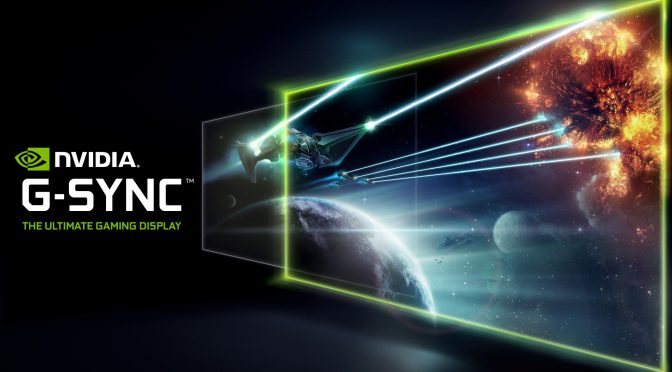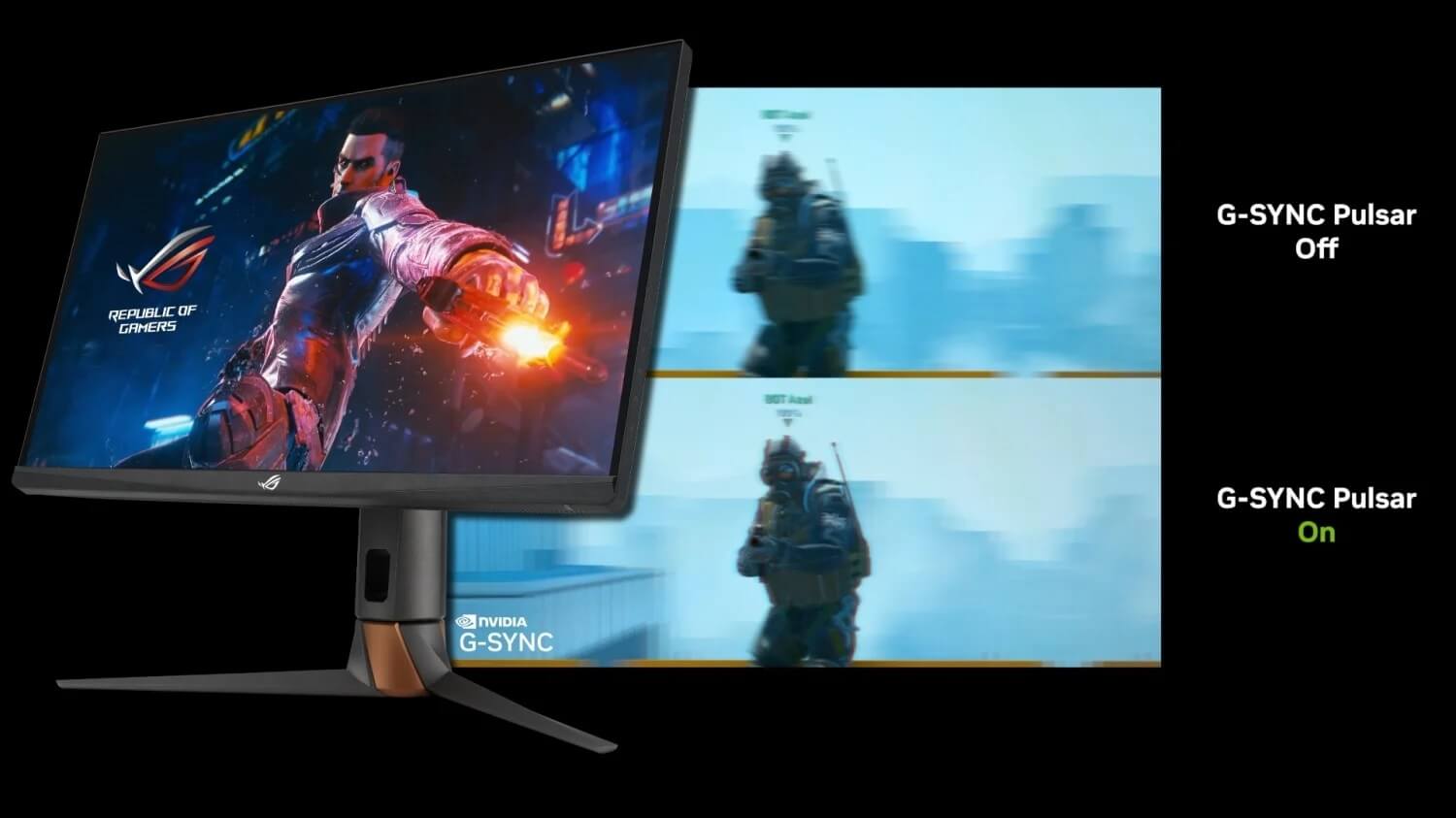At CES 2024, NVIDIA announced G-Sync Pulsar. G-Sync Pulsar is the next evolution of Variable Refresh Rate (VRR). This tech aims to improve visual clarity. In its press release, though, NVIDIA claimed that G-Sync Pulsar will offer a stutter-free experience. And, contrary to what the green team stated, G-Sync Pulsar will NOT fix video-game stutters. What do we mean? Well, keep reading to find out.
Let’s start with the basics. G-Sync and FreeSync are great at getting rid of V-Sync judder, making framerates look super smooth without any weird jumps. Plus, they put an end to screen tearing, which is awesome. I’ve been using a G-Sync monitor for a while now, so I know what I’m talking about. But here’s the thing – they don’t fix the annoying video game stutters.
When playing games, stutters can usually occur because the CPU is calculating new data. It might happen when you’re exploring new areas, hence why we call them traversal stutters. Then we have the shader compilation stutters. These stutters occur when the CPU is compiling shaders while the game is running. The thing is, these stutters have nothing to do with how G-Sync and FreeSync monitors work.
Now what NVIDIA meant with its “stutter-free” comment was that there won’t be any V-Sync judders. Judder is when the FPS doesn’t match the refresh rate evenly and the display time of frames becomes uneven. And again, all G-Sync monitors have already resolved this issue.
The key new feature of G-Sync Pulsar is variable frequency strobing. What does that mean? Well, it will basically make everything look way clearer, especially when things are moving super fast. That’s a big deal, don’t get me wrong. But, it has nothing to do with the traditional stutters.
For those who might not know, back in 2015, NVIDIA implemented Ultra Low Motion Blur (ULMB) to its G-Sync monitors. ULMB aimed to make games look super clear, especially for competitive players. The catch was, it didn’t play nice with Variable Refresh Rate (VRR). And that’s where G-Sync Pulsar comes in. If you have a G-Sync Pulsar monitor, you get the best of both worlds – the sharpness from ULMB and the smoothness from VRR.
Here’s a screenshot that showcases the benefits of G-Sync Pulsar.
In conclusion, G-Sync Pulsar is a big deal. But, it will not resolve video-game stutters. Its main purpose is to improve image quality. I’m saying this because a lot of people will be misled by that statement. I know, I know. Some of you will be like “DUH”. Keep in mind though that a lot of people lack the technical knowledge. So, when they hear they’ll get a stutter-free experience, they expect exactly that. But no. Dead Space Remake, Star Wars Jedi: Survivor and all the games that suffer from stutters won’t magically run smoothly on these new monitors.
John is the founder and Editor in Chief at DSOGaming. He is a PC gaming fan and highly supports the modding and indie communities. Before creating DSOGaming, John worked on numerous gaming websites. While he is a die-hard PC gamer, his gaming roots can be found on consoles. John loved – and still does – the 16-bit consoles, and considers SNES to be one of the best consoles. Still, the PC platform won him over consoles. That was mainly due to 3DFX and its iconic dedicated 3D accelerator graphics card, Voodoo 2. John has also written a higher degree thesis on the “The Evolution of PC graphics cards.”
Contact: Email


